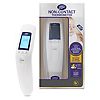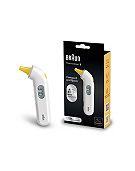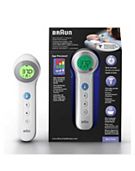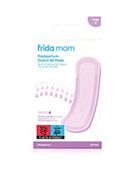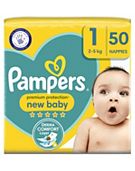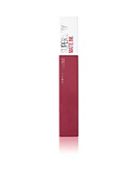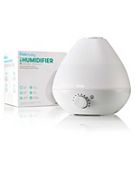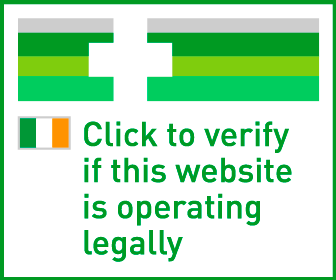Save 10% when you spend €40 on selected baby with code BABYMAY Online only. Hurry don’t miss this deal!
Boots Non-contact Thermometer
In order to buy non-prescription medicines you must be a registered user of our site as we are obliged to record your transaction history. We also ask that you complete our questionnaire so our pharmacy team can check that this product is suitable for you to buy.
Disabled or chronically sick people can claim VAT relief on purchases for personal or domestic use that are applicable to their disability or sickness.
 Product details
Product details
Boots Pharmaceuticals Non-contact Thermometer - no need to wake or disturb a sleeping baby.
- Clinically proven accuracy
- Multipurpose - non-contact: measures babies' bottle, food, bathwater and room temperature
- Individually adjustable illuminated display
- Symbol indicates raised temperature
- Happy Face = Everything is ok.
- Sad Face = >38°C - High temperature.
- Built in memory records last 60 readings
- Automatic shut-off feature to prolong battery life
Waste Electrical and Electronic Equipment (WEEE) and waste batteries must never be placed in your waste disposal or recycling bins. WEEE is taken back free of charge at electrical retail outlets on a one-for-one like-for-like basis. There is a bin for small batteries in your local store. Local authority civic amenity facilities also take back WEEE and waste batteries free of charge. WEEE and waste battery recycling is free
How to use
Check that the forehead is free from perspiration and that the hair is moved aside.
Hold the thermometer about 2-3cm from the forehead,hold the scan button down and move the unit around the forehead area.
The temperature is displayed with 2-30 seconds.
Why measure from the forehead?
The forehead is an ideal place to measure body temperature since the temporal artery is close to the surface of the skin and easily accessible for reading. The temporal artery is linked to the carotid artery, which supplies blood to the brain's temperature control centre.
Hazards and Cautions
Temperature is not the only indication of illness. If you feel unwell, whether or not you have a high temperature, seek medical advice.
Please read the instruction booklet before use.
Do not use outdoors or near any sources of heat.
Do not drop the thermometer or expose it to any impacts.
Store in a dry place -20°C to 50°C.
Delivery options
Click & Collect
€2.50 or free if you spend €25 or more from your choice of 88 stores.
Exceptions apply for orders containing products with a green cross symbol. See Click & Collect for more details.
Standard Delivery
€5 or free when you spend €40 or more
For more information see our delivery help or view our returns policy.
Attachments
Customers who viewed this also liked
Buy 1 get 2nd 1/2 price …
€71.99
Customers who bought Boots Non-contact Thermometer also bought
Use code BABYMAY to save…
€12.99
18 UNI|€0.72 per 1UNI
2 for €14 on selected Pa…
€10.99
50 UNI|€0.22 per 1UNI
Previously viewed products
3 for 2 on selected Ogx …
€10.49
385 ML|€27.20 per 1L
